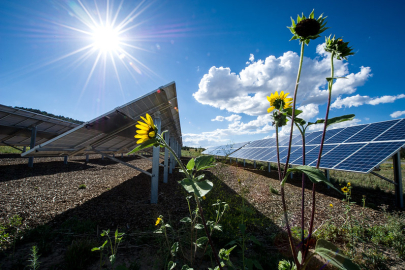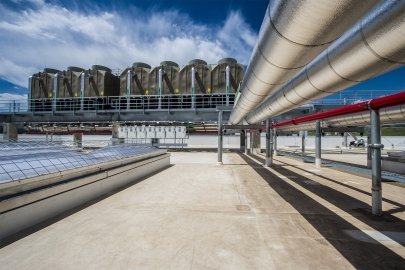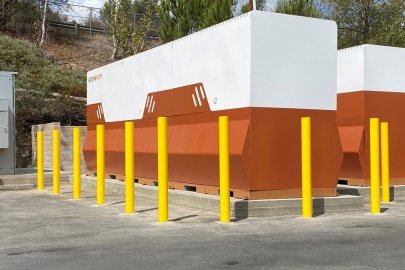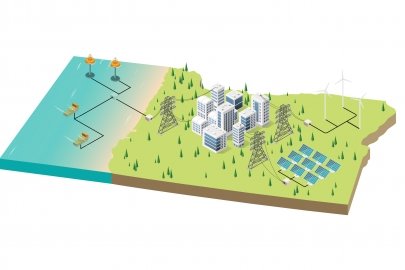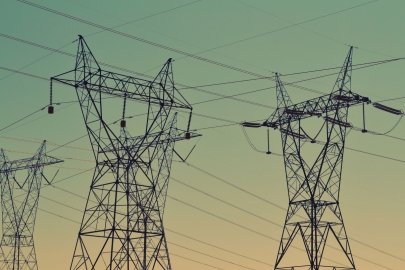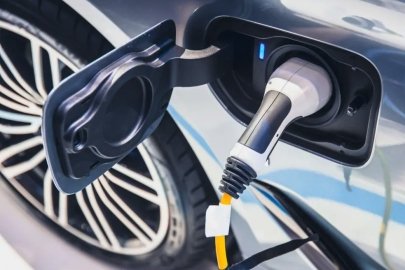Electricity can be used to power electric vehicles (EVs), including both all-electric vehicles, also called battery-electric vehicles (BEVs), and plug-in hybrid electric vehicles (PHEVs). These vehicles can charge their batteries by drawing electricity directly from the grid and other off-board electrical power sources. In contrast, hybrid electric vehicles (HEVs) are fueled with liquid fuels, like gasoline, but use small batteries to recapture energy otherwise lost during braking (ultimately boosting fuel economy). PHEVs can use off-board electricity for power, which classifies them as an EV, but can also use liquid fuels and operate similar to an HEV if necessary. Using electricity to power vehicles can have significant energy security and emissions benefits.
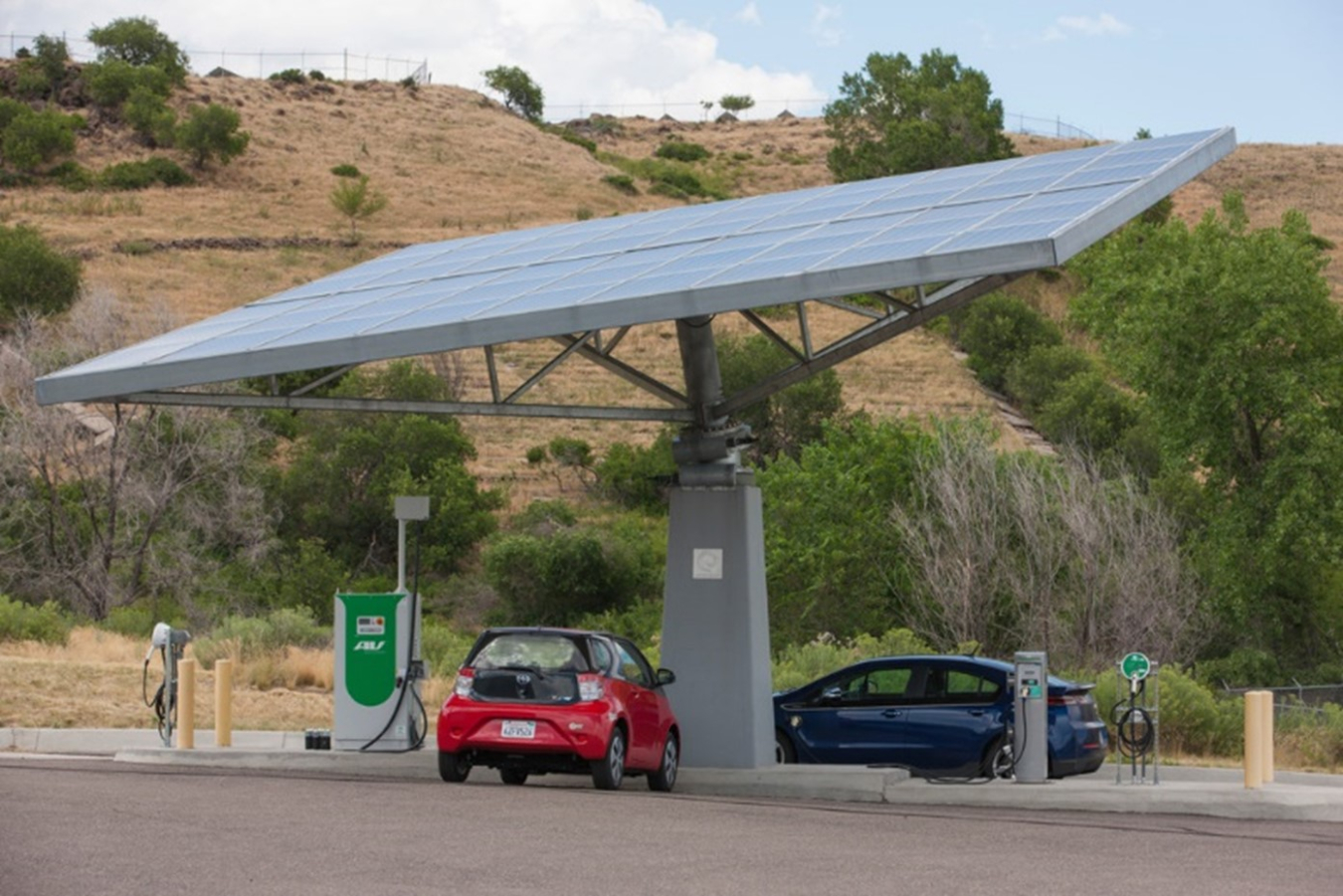
To comprehensively understand transportation electrification and which options may be most suitable for a Tribe’s transportation, mobility, and energy goals, it is important to understand:
- How electric vehicles (EVs) work
- The types of vehicles available
- The necessary charging infrastructure
- Costs and market status associated with EVs.
Electric Vehicles
All-electric vehicles—also referred to as battery electric vehicles—plug-in hybrid electric vehicles , and hybrid electric vehicles all use electricity to improve vehicle efficiency. These three vehicle types are sometimes called electric cars, electric vehicles, or simply EVs even though some of these vehicles still use liquid fuels in conjunction with electricity. BEVs and PHEVs are also referred to more specifically as plug-in electric vehicles (PEVs). View a short introductory video below for more information on electric vehicle technology. To find and compare fuel efficiency, costs, carbon footprints, and emissions of electric vehicles visit the U.S. Department of Energy’s (DOE) Fuel Economy website.
Electric Vehicle Charging Infrastructure
Consumers and fleets considering electric vehicles—which include all-electric vehicles and plug-in hybrid electric vehicles—need access to charging stations. For most drivers, this starts with charging at home or at fleet facilities. Charging stations at workplaces and public destinations may help bolster market acceptance by offering more flexible charging opportunities at commonly visited locations. Steps to purse EV Charging infrastructure development, such as procurement, installation, operation, and maintenance can be found on AFDC’s Electric Vehicle Charging Station’s webpage.
Benefits and Considerations
Electric vehicles can benefit communities in several ways including improved fuel economy, lower fuel costs, and reduced emissions but there are many considerations when purchasing an EV such as costs and infrastructure availability.
Benefits
- EVs are highly efficient due to their electric-drive components and do not require the use of gasoline.
- The cost to charge an EV can be significantly lower than traditional fuel costs.
- EVs and hybrid vehicles produce significantly less emissions than conventional vehicles, and EVs produce zero tailpipe emissions. However, the life cycle greenhouse gas emissions of an EV depend on the electricity generation used to charge the vehicle.
Considerations
- Purchase prices for EVs can be significantly higher, however, initial costs can be offset by fuel savings, federal tax credits, and state and utility incentives.
- Public charging stations are not as widely available as traditional gas stations, however, public and private entities are establishing a national network of stations rapidly.
Learn more about these benefits and considerations by visiting the AFDC’s Electric Vehicle Benefits and Considerations webpage and the U.S. Department of Transportation’s Benefits to Communities webpage.
Use the Electricity Sources and Emissions Tool to compare fuel-cycle emissions by vehicle type and state.
Electric Vehicle Readiness
EV readiness is how state, local, and Tribal leaders prepare for the growing number of EVs on the road, by developing EV-related infrastructure, policies, and services. EV readiness is a community-wide effort, requiring planning, policies, and support services to prepare for the growing number of EVs and charging infrastructure. Topics and resources to help your Tribe prepare for EV adoption and EV charging can be found on AFDC’s Electric Vehicle Readiness webpage.
Resources
Visit the Alternative Fuels Data Center for more information on alternative fuels and vehicles, and to get access to tools, publications, and case studies.
DOE’s Clean Cities Coalition Network provides information about partnerships, projects, funding, and technical assistance.
The Joint Office of Energy and Transportation has developed a resource page for Tribal Nations with information about EVs, technical assistance, and current funding opportunities.
Additional resources:
- White House Council on Native American Affairs – EV Initiative for Tribal Nations
- Charging Forward: A Toolkit for Planning and Funding Rural Electric Mobility Infrastructure
- How to Buy a Vehicle: A Primer for Rural, Tribal, and Small Urban Transit Operators
- Federal Energy Management Program’s EV Champion Training Series
- Federal Highway Administration’s Alternative Fuel Corridor (AFC) Designations
- General Information on Electric Vehicles from the U.S. Environmental Protection Agency
- A guide to clean energy adoption for transit agencies
- Building successful partnerships between rural transit systems deploying ZEVs and their electric utilities.


